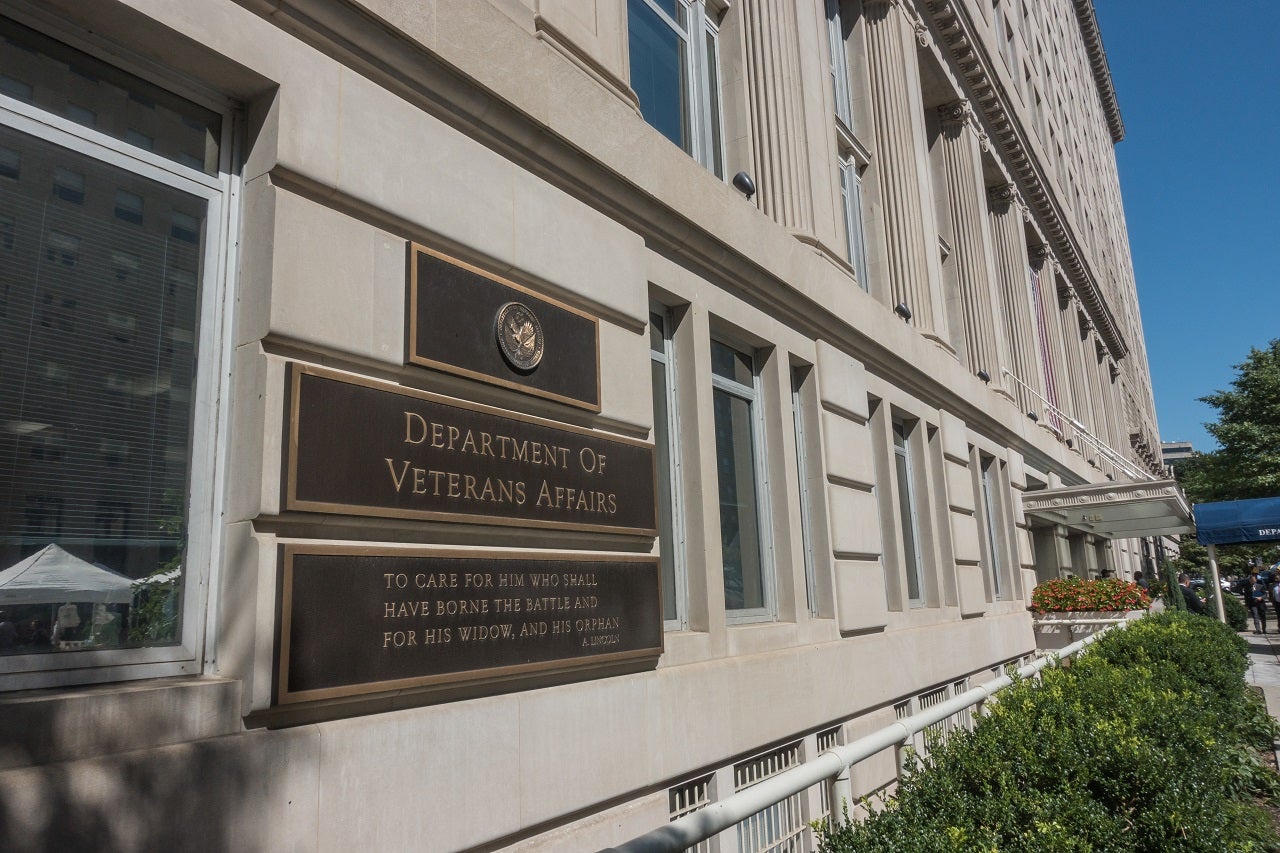The US Institute for Clinical and Economic Review (ICER) began publishing health technology assessments (HTAs) for innovative medicines in 2014 and has since conducted numerous assessments.
Despite the non-binding character of its assessments, ICER’s influence is growing. There is anecdotal evidence its pricing recommendations are used by health insurers as a starting point in price negotiations with the pharmaceutical industry while the US Department of Veterans Affairs has been using ICER’s cost-effectiveness reports in its coverage decisions since 2017.
Brief overview of ICER’s process
ICER first conducts a clinical effectiveness analysis, rating drugs based on the level of comparative net health benefit they confer along with the level of certainty in the evidence.
The next step is a cost-effectiveness assessment using cost per quality-adjusted life-year (QALY) gained as the primary measure of cost-effectiveness. ICER also accepts health effects expressed in life-years gained, the equal value of life years gained (evLYG), or a condition-specific outcome such as event averted or response to treatment. Under evLYG any gains in length of life are counted equally, regardless of whether the treatment has improved the patient’s quality of life. If evLYG are used, the ICER stipulates they should only be used in the model as a supplement and not as a replacement for QALYs. ICER uses a health system perspective to calculate costs and benefits; however, a modified societal perspective is acceptable as a co-base case, in addition to the health system perspective model, in cases where the incremental cost-effectiveness ratio per QALY changes by more than 20% because of the change in perspective, or the incremental cost-effectiveness ratio per QALY exceeds $200,000, or the incremental cost-effectiveness ratio crosses thresholds of $100,000–$150,000 per QALY.
ICER applies a 3% discount rate per year to the calculation of both costs and benefits and takes 8-10 months to complete an assessment. The cost-effectiveness threshold used by ICER ranges from $100,000 to $150,000.
While most other HTA agencies conduct their reviews once a product price has been confirmed, ICER sometimes provides a value assessment of products that are not yet priced. This is designed to inform US stakeholders on what the acceptable price for the product should be. For all of its assessments, ICER provides incremental results at $50,000, $100,000, $150,000, and $200,000 per QALY and per evLYG.

US Tariffs are shifting - will you react or anticipate?
Don’t let policy changes catch you off guard. Stay proactive with real-time data and expert analysis.
By GlobalDataSeparately, ICER provides a budget impact analysis to assess the short-term impact on health system sustainability.
Actual application of ICER’s framework based on review of decisions to date
To assess whether ICER applies its network as described, GlobalData reviewed all ICER decisions from 2014 – when the first assessments were issued – until the end of August 2021. Over that period, ICER conducted cost-effectiveness evaluations and reassessments for about 170 products/indications (across 48 evidence reports), including 117 active pharmaceutical ingredients (APIs). Not all reviews concluded with a “value” determination.
As part of ICER’s value assessment framework for 2017–2019 (see here), the base-case incremental cost-effectiveness ratio often dictates the value rating, without the need for voting. Specifically, ICER voting panels would vote on whether the “long-term value for money” was low, intermediate, or high when the base-case incremental cost-effectiveness ratio is between USD50,000 per QALY and $175,000 per QALY. At incremental cost-effectiveness ratios per QALY below $50,000, a “high” value determination is presumed, while at those above $175,000 per QALY, the intervention is automatically considered “low” value without the need for formal voting.
However, GlobalData found multiple cases of voting for medicines that would have automatically qualified as low or high value, in breach of the value assessment framework. We also found that ICER was not always clear that the reason for not voting was that the incremental cost-effectiveness ratio fell below or above the thresholds mentioned above. If the product was not clearly rated (that is, with a panel vote, or an explanation of why there was no vote), we considered this to be a No Vote. About 40% of the No Vote ratings included in our analysis were for products/indications that should have been rated Low or even High, based on ICER’s framework, but this value rating was not clearly stated anywhere in the report.
While ICER’s influence on US price negotiations appears set to grow, the organisation is far from reaching its full potential. Adhering to the guidelines prescribed in ICER’s framework should foster a more transparent and predictable HTA process for pharmaceutical companies and for the users of ICER’s cost-effectiveness reports.





